
Table of Contents
Staying mobile is key for seniors to be independent, active, and involved in everyday life. With aging, there may be diseases such as arthritis, osteoporosis, or muscle weakness, which may cause challenges in movement. However, seniors are not without options, and with the use of strategies and assistive devices, they can improve their mobility and quality of life.

Below, we look at practical tips and the best mobility devices for seniors.
Tips to Improve Senior Mobility
1. Stay Physically Active
Exercise helps keep muscles strong, flexible, and balanced. Good options for seniors are low-impact activities like walking, swimming, yoga, and tai chi. Physical therapy not only addresses specific mobility challenges but also can provide customized exercises.
2. Maintain a Healthy Diet
Good nutrition helps foster optimal bone and muscle health. Eating a diet high in calcium, vitamin D, protein, and other important nutrients prevents frailty and falls.
3. Practice Balance Exercises
According to the World Health Organization, falls are the second leading cause of unintentional injury deaths worldwide. Basic balance exercises, such as standing on one foot or walking heel-to-toe, can help improve stability and reduce falls.
4. Wear Supportive Footwear
Going in non-slip and properly fit shoes gives stability and helps you not to slip or trip. Steer clear of high heels, loose sandals, or overly soft shoes.
5. Modify the Home Environment
Mobility challenges are lessened with a safe and accessible home. Installing grab bars, utilizing non-slip mats, and strengthening lighting can help avoid falls and facilitate movement.
6. Use Assistive Devices
Mobility devices, like a manual or power wheelchair, can provide help with movement and freedom. Which device is right for a senior depends on their level of mobility and their needs.

Top Mobility Devices for Senior Citizens
1. Walkers and Rollators
- Standard Walkers: They offer better support but must be lifted to walk.
- Two-wheel walkers: Easy Push, More Stability.
- Rollators: These include four wheels, a seat, and hand brakes and provide a little more versatility for more active seniors.
2. Cane Sticks
- Single-Point Canes: For those who need a little balance assistance.
- Quad Canes: Provide greater stability with a broader base.
- Folding Canes: Great for traveling and easy to put away.
3. Wheelchairs
- Manual Wheelchairs: These are most suited for independent users with the upper body strength to propel their chairs or caregivers who can fold and transport chairs easily.
- Electric wheelchairs: The best option for seniors who need substantial mobility assistance when left alone without the help of a caregiver.
4. Mobility Scooters
- Three-wheel Scooters: They offer better control and mobility in tight spaces.
- Four-wheel Scooters: Provide increased stability on uneven ground and outdoor terrain.
5. Stair Lifts and Ramps
- Stair Lifts: Assist seniors in moving between floors safely.
- Ramps: Enable mobility-impaired individuals to move between different elevations.
6. Lift Chairs:
Seniors need help standing up in a chair, and lift chairs help reduce the strain placed on the joints while also decreasing the chances of a fall.
Final Thoughts
Focusing on helping seniors, improve their mobility through exercise, appropriate food, home changes, and mobility devices. With some proactive measures and assistance, senior citizens can remain independent and active and promote their health and well-being. If you or someone you love is struggling with mobility, seek advice from a professional for the best solutions for your individual needs.




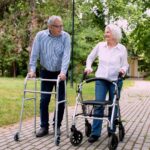
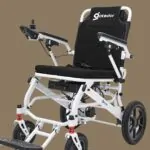

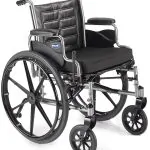
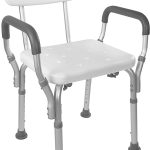
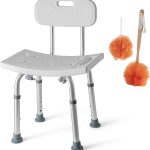

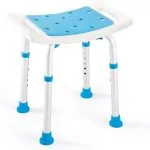


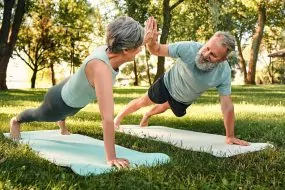
No Comments